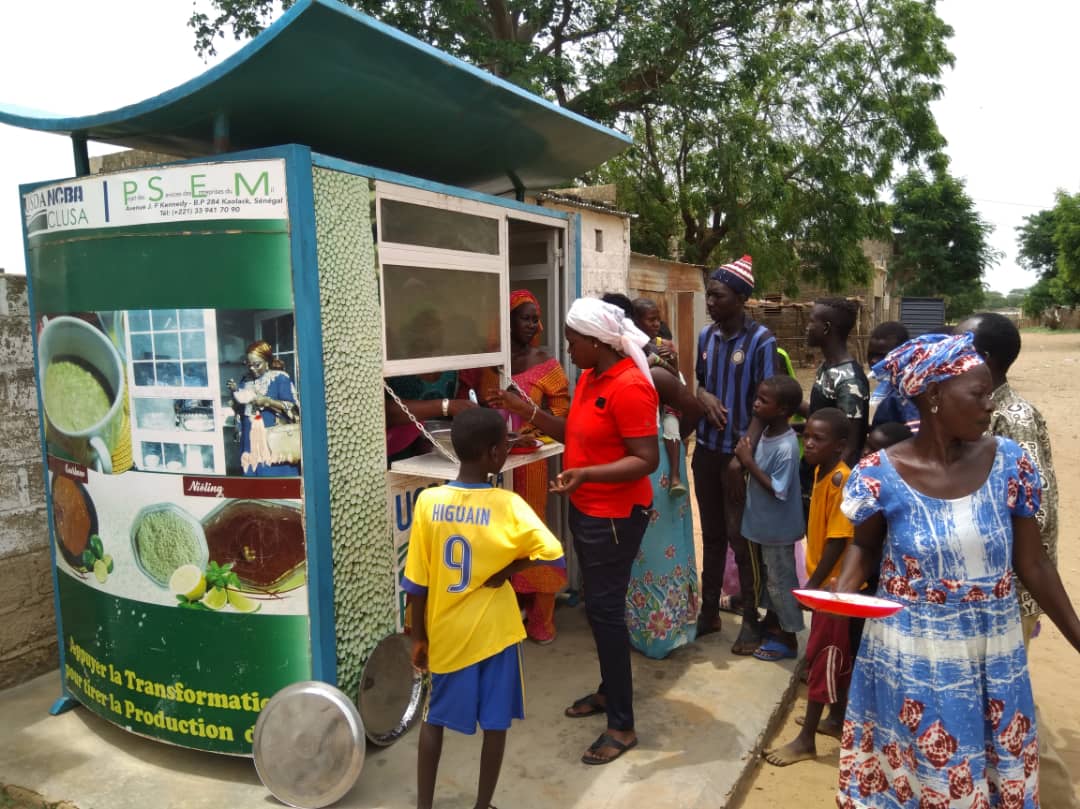Developing a vision and a programme
Meeting of CAPCOMMUN
Municipality of Ndiob
Ndiob is the first municipality that launched the territorial approach to rural development in Senegal. In June 2014, a new municipal council had been installed, which formally defined and adopted its vision “to make Ndiob a green municipality, resilient through a process of economic and social development and welfare, inclusive and respectful for human rights, in particular towards vulnerable communities.” This orientation had been already defined by the municipal members during the election campaign and had then been also endorsed by the Green Party of Senegal.
To implement its vision, the municipality – led by a very engaged Mayor – was supported by the NGO ENDA PRONAT that is promoting agroecology in West Africa. ENDA PRONAT conducted a participatory analysis of community needs involving more than 1,000 local people and actors (50 percent were women). It carried out an evaluation of production systems and developed an Agricultural Development Programme, which was understood and accepted by the local community.
In response to the major problem of environmental degradation as a result of outdated cultivation methods and climate change (i.e. disappearance of pools, forests, pastures, decline of soil fertility, etc.), local people demanded better natural resources management and capacity-building to support the agroecological transition. In July 2017, the results of this analysis and the Agricultural Development Programme were presented to the whole community.
When presenting the Agricultural Development Programme to the whole community about 400 persons from all 18 villages of Ndiob participated. It was also very important that further partners such as the FAO, World Vision, National Agency for Agricultural and Rural Council (ANCAR) and University Cheikh Anta Diop of Dakar (UCAD), who pledged to support certain aspects of this initiative, came to express their views. As well, supporters and friends of Ndiob formed the network CAPCOMMUN.
Moreover, to support the vision and programme the Network of Green Municipalities and Cities of Senegal (REVES) was founded, which is currently presided by the Mayor of Ndiob, Mr Oumar Bâ. This network boosts support and serves as a platform for exchange on implementation challenges. Thanks to REVES, some 30 mayors adopted a Charter of Green Municipalities and Cities of Senegal with which they committed “to design and implement local environmental development plans and to devote at least 2 % of our budgets to environmental education and environmental projects”.
